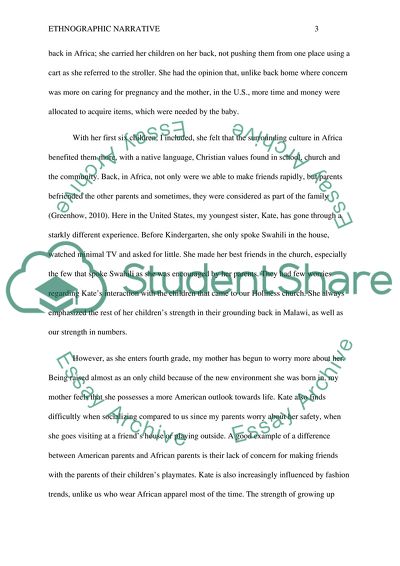Cite this document
(An Ethnographic Study of African-American Women Essay Example | Topics and Well Written Essays - 1250 words, n.d.)
An Ethnographic Study of African-American Women Essay Example | Topics and Well Written Essays - 1250 words. https://studentshare.org/anthropology/1783667-ethnographic-narrative
An Ethnographic Study of African-American Women Essay Example | Topics and Well Written Essays - 1250 words. https://studentshare.org/anthropology/1783667-ethnographic-narrative
(An Ethnographic Study of African-American Women Essay Example | Topics and Well Written Essays - 1250 Words)
An Ethnographic Study of African-American Women Essay Example | Topics and Well Written Essays - 1250 Words. https://studentshare.org/anthropology/1783667-ethnographic-narrative.
An Ethnographic Study of African-American Women Essay Example | Topics and Well Written Essays - 1250 Words. https://studentshare.org/anthropology/1783667-ethnographic-narrative.
“An Ethnographic Study of African-American Women Essay Example | Topics and Well Written Essays - 1250 Words”. https://studentshare.org/anthropology/1783667-ethnographic-narrative.


